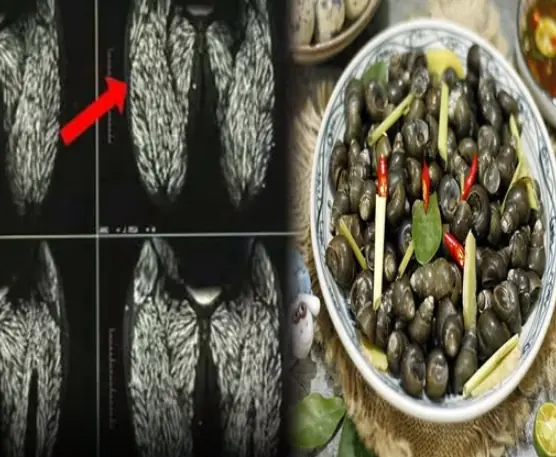
25-year-old man pees "strange green liquid" and falls into a deep coma due to deadly poison commonly found in a popular dish
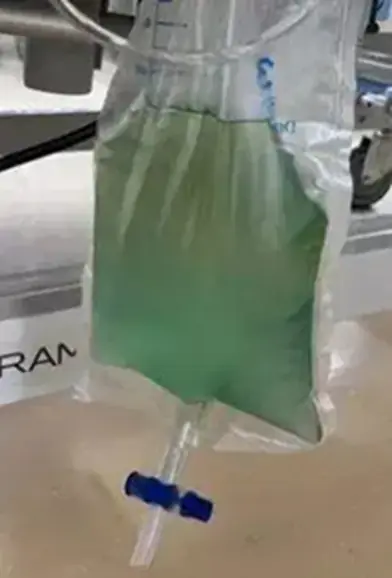
One late night not long ago, the Intensive Care Unit (ICU) of Dongde Hospital, affiliated with Zhejiang Medical University (China), admitted a 25-year-old man. His entire body and lips were cyanotic, and when brought to the hospital, he was in a deep coma. During treatment, his urine even turned an unusual blue color.
Upon examination, doctors found: his blood oxygen saturation was only 64% (normal >95%); blood pressure had dropped to 70/40 mmHg; methemoglobin concentration (a form of oxidized hemoglobin) was as high as 75% (normal <2%); his heart and brain were severely hypoxic; and both his urine and gastric fluids were abnormally blue.
From medical history inquiry, doctors discovered that he had accidentally ingested about 50 mg of nitrite, a highly toxic chemical!
The doctors immediately provided respiratory support and administered the specific antidote methylene blue, combined with high-dose vitamin C to accelerate detoxification, then transferred the patient to the ICU for continued monitoring.
After one night of emergency treatment, the patient's oxygen saturation recovered to 95%, his skin returned to normal color, and the dosage of blood pressure medication was significantly reduced.
Why Did the Urine Turn Blue?
Doctors explained: Nitrite is a general term for compounds such as sodium nitrite, potassium nitrite, and calcium nitrite—all extremely toxic substances, also called "invisible killers." Just 0.2-0.5 grams can be fatal.
Nitrite oxidizes hemoglobin (which carries oxygen) into methemoglobin (which cannot carry oxygen), leading to systemic hypoxia. Severe poisoning can cause shock, respiratory failure, and death.
Methylene blue is blue in color; once in the body, it is metabolized by the NADPH enzyme into a colorless form called leucomethylene blue, which helps convert methemoglobin back to normal hemoglobin. The metabolized drug is excreted through urine, temporarily turning it blue or turquoise, which is a sign of effective treatment and should not be a cause for concern.
Clinical Signs of Nitrite Poisoning
Previously, there was a case of a 73-year-old man in Ningbo, Zhejiang (China) who was poisoned by nitrite after eating homemade pickled vegetables; his whole body turned purple.
Besides cyanosis, nitrite poisoning also shows symptoms such as:
-
Neurological symptoms: These appear first and include dizziness, fatigue, cold intolerance, numbness in hands and feet. Severe cases may have rapid breathing, restlessness, seizures, and coma.
-
Gastrointestinal symptoms: Nausea, vomiting, abdominal pain, diarrhea.
-
Cyanosis: The most recognizable symptom, usually purple lips, which may spread to the tip of the tongue, nails, and in severe cases to the conjunctiva, face, limbs, and entire body turning dark purple, accompanied by difficulty breathing, coma, seizures, low blood pressure, arrhythmias, and loss of bladder and bowel control. Severe cases may result in death from respiratory failure.
-
Other symptoms: Oxygen deficiency can cause brain swelling and retinal hemorrhage, leading to vision loss, eyelid drooping, and impaired eye movement.
Be Alert to Nitrite in Daily Life
Nitrite is a common food additive that has certain benefits when used correctly, but overdosing can turn it into a deadly poison.
When nitrite converts hemoglobin to methemoglobin, red blood cells cannot deliver oxygen to organs, causing systemic hypoxia. Without timely rescue, vital organs like the heart, liver, kidneys, lungs, and intestines will fail, leading to coma, cardiac arrest, and respiratory arrest.
Doctor's Advice
-
Industrial nitrite (used in construction, meat curing) resembles table salt and must be clearly labeled and never used incorrectly.
-
Vegetables left overnight and improperly fermented pickles can produce nitrites; they should be refrigerated and consumed within 24 hours.
If nitrite ingestion occurs accidentally, induce vomiting immediately and take the person to a hospital. Drinking milk or soy milk can temporarily slow the absorption of the toxin.
News in the same category


Even if you like them, it’s best to avoid
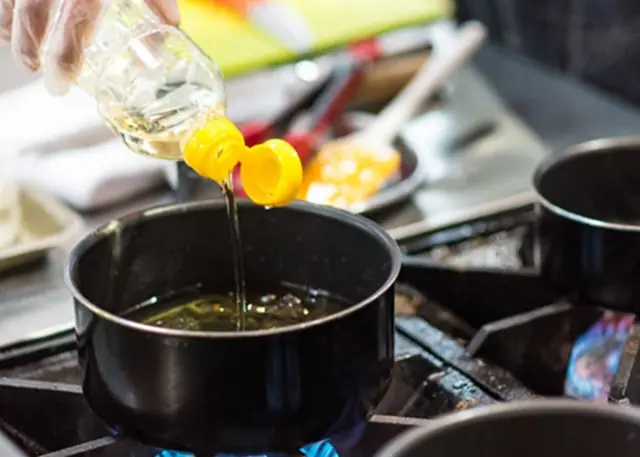
Doctors warn that these 6 oils should be limited, because if consumed in excess, it can increase the risk of colorectal cancer, liver cancer, breast cancer and prostate cancer

Startled: 5 signs on the hand warn that the lungs are in danger

More and more people are dying from heart failure, doctors warn: No matter how difficult it is, you must give up these 4 habits!

Woman Di.es After Using Air Conditioner: Doctors Warn of a Critical Mistake Many People Make
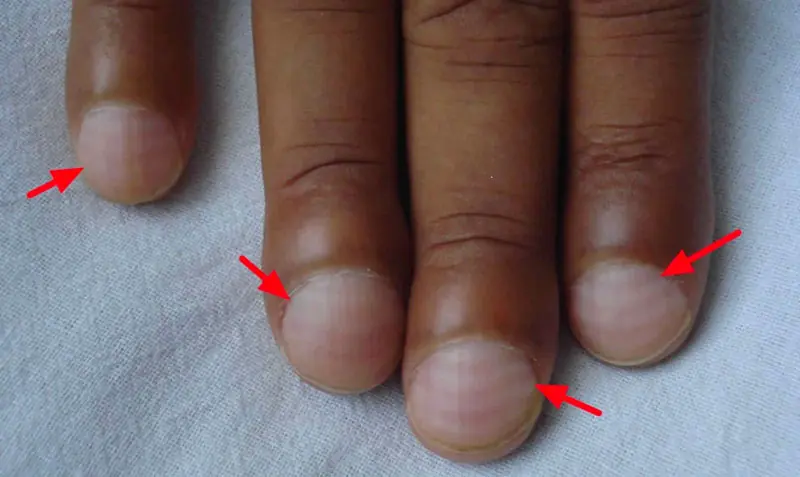
Shoc.king: 5 Alarming Signs in Your Hands That May Indicate Lu.ng Problems
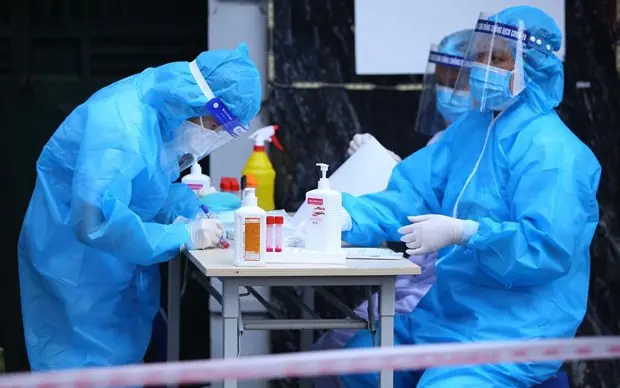
COVID-19 returns, advice for middle-aged and elderly people: Touch 2 things less, eat 3 dishes more, do 4 things well, strengthen immunity

Woman gets meningitis from a food that is in every house's refrigerator
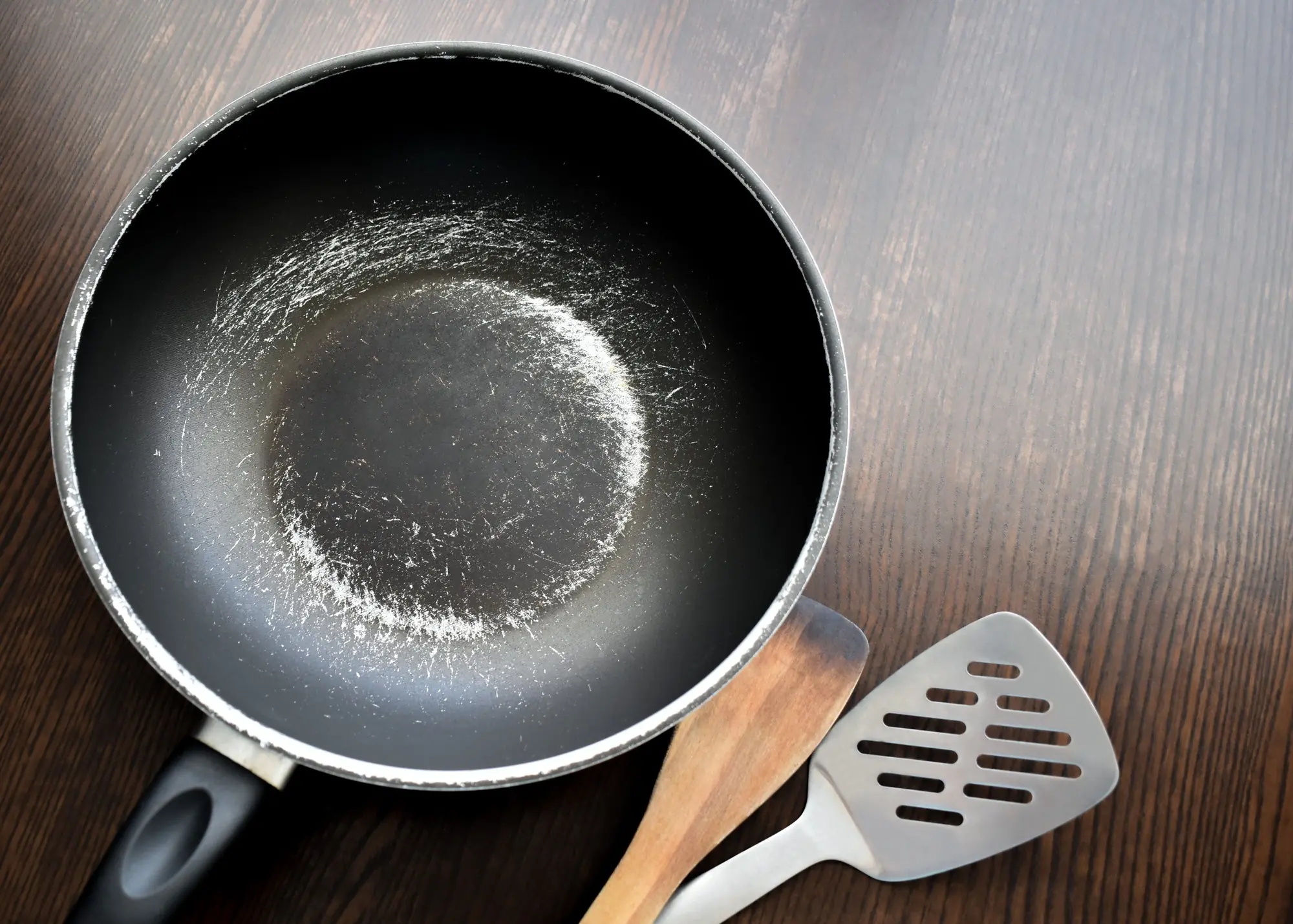
3 Common Household Items Loaded with Toxins: Many Families Use Them Daily Without Realizing the Danger

What to Do If You Catch the New COVID-19 Variant: Expert Tips for Easing 4 Common Symptoms

I'm a doctor and I threw my air fryer in the BIN - and you should too for ca.n.cer reasons
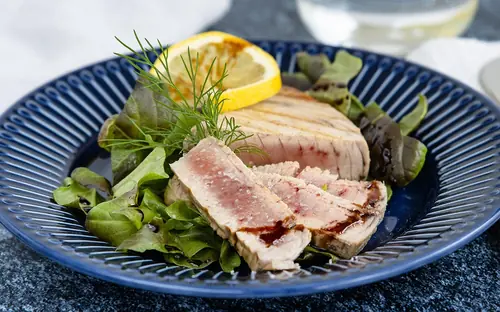
Study of 900 COVID-19 patients finds: Vitamin helps restore physical strength faster

3 types of meat are "nests of parasites" if cleaned carelessly, many people still rush to eat them without knowing

Suffering from a prolonged choking sensation, thought to be a stomach problem, the woman accidentally discovered that her thyroid gland had CAN.CER

Persistent Throat Tightness Mistaken for Gastric Issues—Woman Discovers Thyroid Can.cer by Accident

4 parts of chicken you should not eat

Drinking coffee at the wrong time can ha.rm your heart
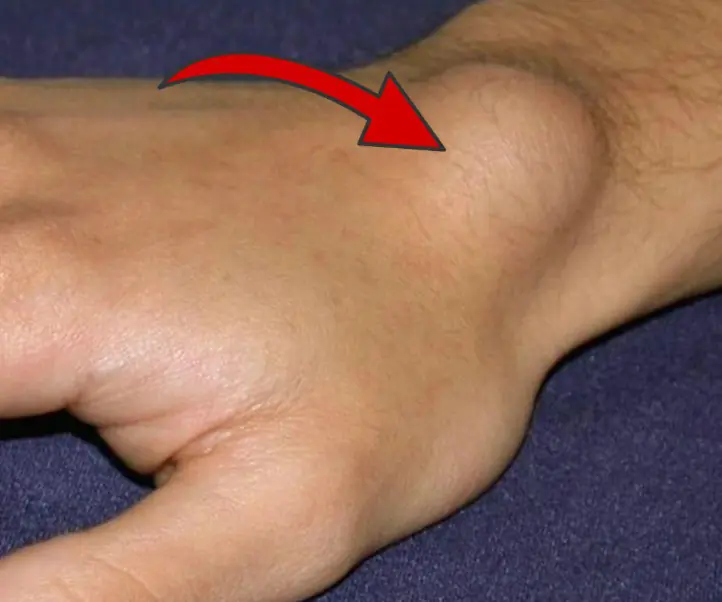
6 wa.rning signs your bo.dy might be “nurturing” can.cer
News Post

Be careful with these foods that contain a lot of para.sites

Secrets for Planting Ginger: How to Grow an Endless Supply at Home

Tips for frying food without sticking to the pan

Even if you like them, it’s best to avoid
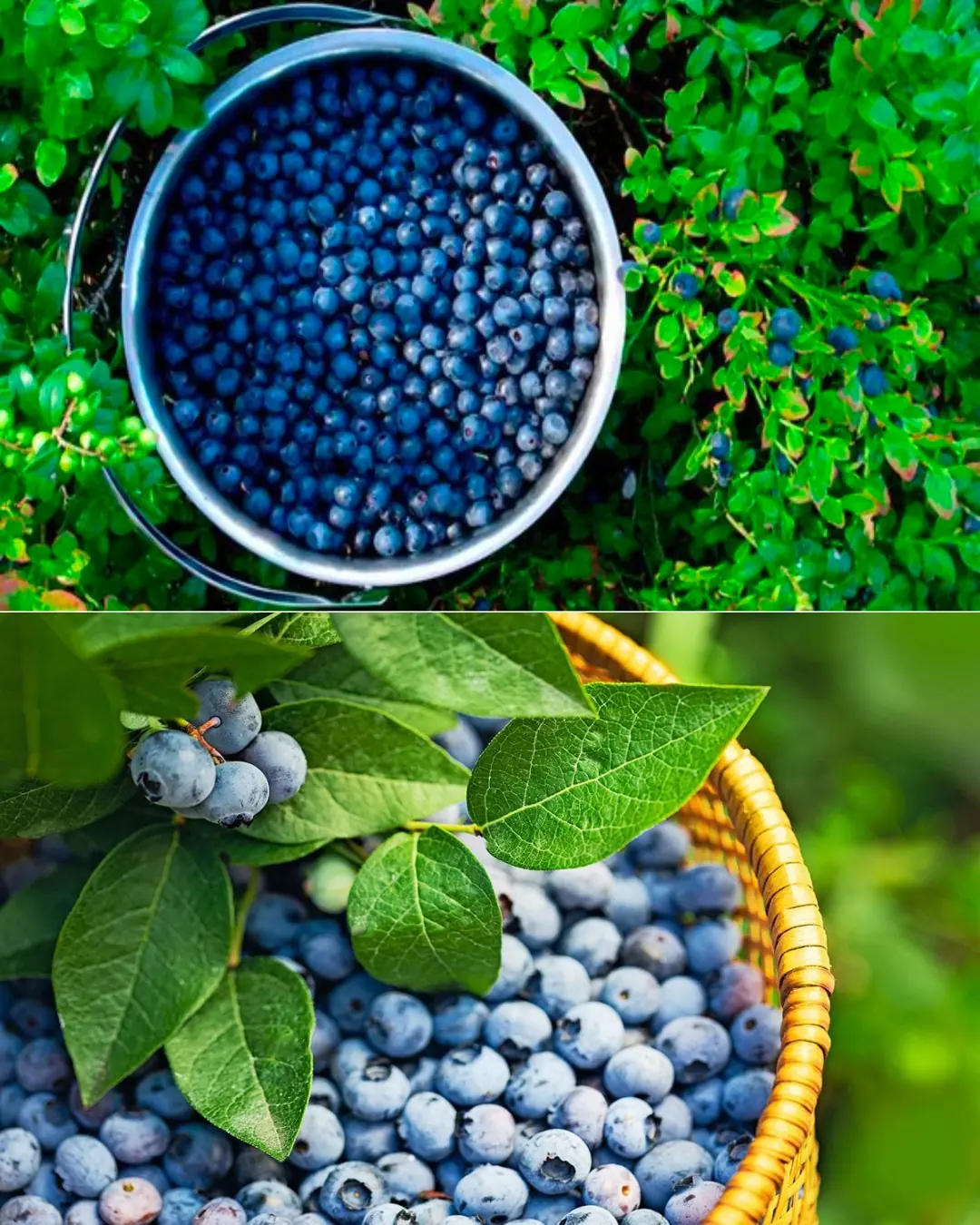
Planting Blueberries at Home: A Guide to Cultivating an Abundant Supply

The Egg

Tips to clean a shiny gas stove with just white vinegar

How Christmas Came to the Santa Maria Flats
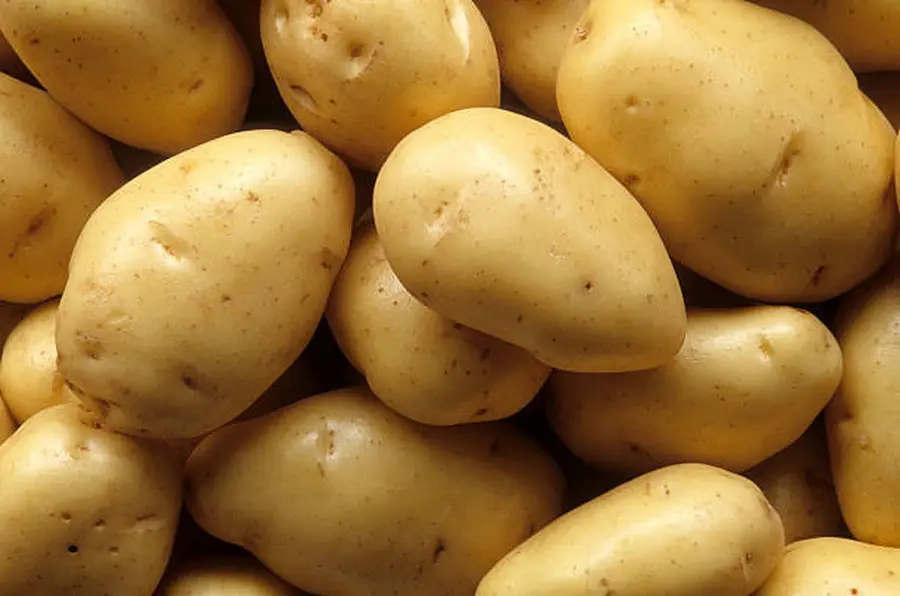
5 foods that are better off stored outside the fridge

Unexplained Phenomenon: Strange Signals Suspected Aliens Are Trying to Contact Earth?

Dirty Grout Between Bathroom Tiles? These 5 Simple Methods Will Restore the Shine With Minimal Effort
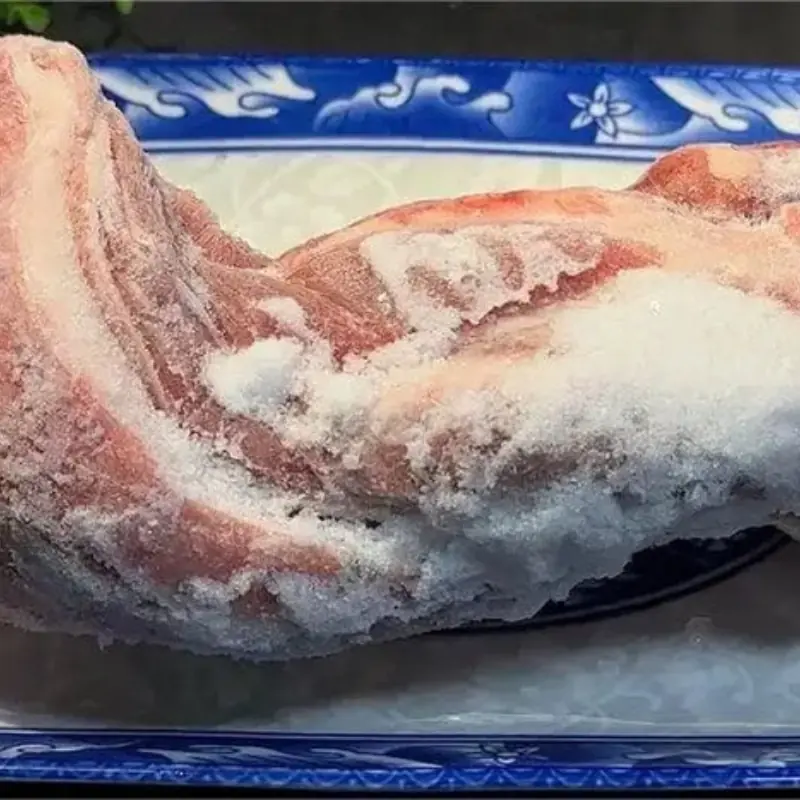
No More Watery or Dry Meat – Use This Drop Method to Defrost Fast and Keep It Fresh

Doctors warn that these 6 oils should be limited, because if consumed in excess, it can increase the risk of colorectal cancer, liver cancer, breast cancer and prostate cancer

A Country Christmas

Startled: 5 signs on the hand warn that the lungs are in danger

More and more people are dying from heart failure, doctors warn: No matter how difficult it is, you must give up these 4 habits!
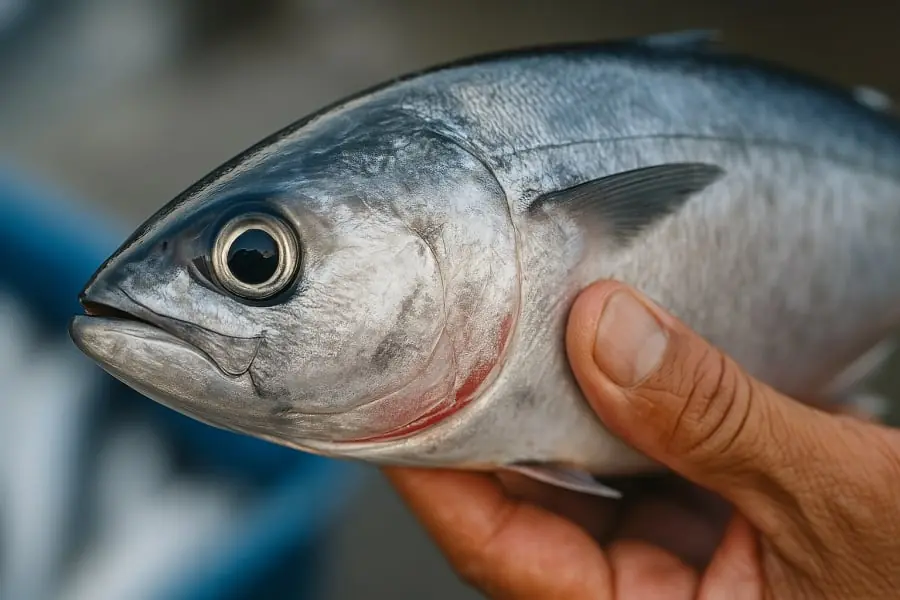
How to Choose Fresh Fish Like a Pro: Secrets from Coastal Fishermen

Woman Di.es After Using Air Conditioner: Doctors Warn of a Critical Mistake Many People Make

Shoc.king: 5 Alarming Signs in Your Hands That May Indicate Lu.ng Problems
